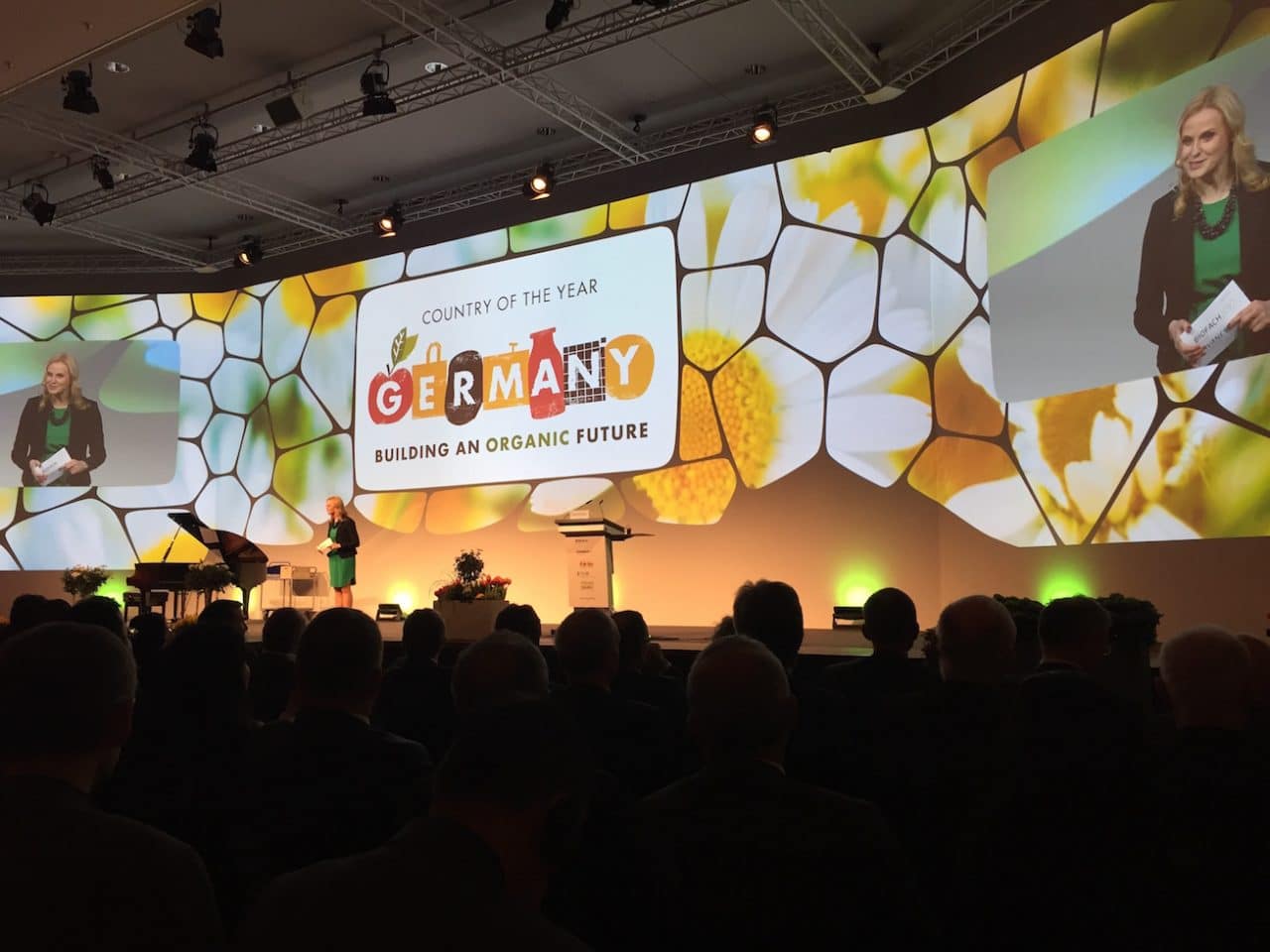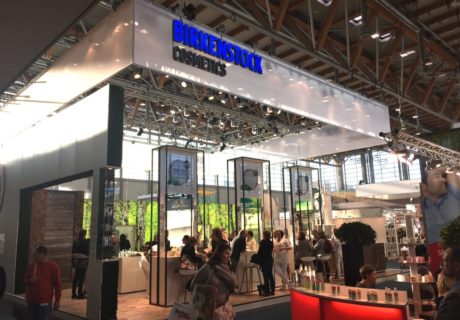The organic market in Europe continues to maintain double digit growth according to new data from the Research Institute of Organic Agriculture (FiBL) and the Agricultural Market Information Company (AMI), released at last week’s Biofach exhibition.
FiBL and AMI’s joint report, based on 2015 data, shows that the organic market in Europe grew on average by 13%, reaching nearly 30 billion euros (European Union: 27.1 billion euros). Almost all the major markets enjoyed double-digit growth rates.
Germany is the largest organic market in Europe (8.6 billion euros), followed by France (5.5 billion euros), the UK (2.6 billion euros) and Italy (2.3 billion euros) (2015 data). The first figures available for 2016 show that the market continues to grow (Germany 2016: 9.5 billion euros). Globally, Germany is the second largest market after the US (35.8 billion euros in 2015).
Switzerland has the highest per capita consumtion or organic food in Europe and worldwide.
Dynamic organic market
Helga Willer of FiBL comments: “The dynamics of the European market is showcased by the strong increase. For the first time since the financial crisis, the market showed double-digit growth (+13 %). In France and Italy, the markets grew by 15 % and in Germany by 11 % in 2015.”
“The dynamics of the European market is showcased by the strong increase. For the first time since the financial crisis, the market showed double-digit growth (+13 %)”
Each year, European consumers are spending more for organic food – on average 36.4 euros in Europe and 53.7 in the European Union. The Swiss spent the most on organic food: Switzerland is the country with the highest per capita spending on organic food worldwide (262 euros), followed by Denmark (191 euros) and Sweden (177 euros). European countries also have the highest organic market shares: Denmark has the lead with 8.4 %; in Switzerland, the organic market share is 7.7 % and in Luxembourg 7.5 %.
Diana Schaack of AMI adds: “Many products and product groups reach far higher shares. In Switzerland, for example, every fourth egg sold is organic, and for dairy products, the organic market share can be 10 percent and more.”
Market grows faster than farmland
The trend of the market growing faster than organic farmland continued in 2015. However, the area of organic farmland grew at a faster rate than it had in past years, increasing by almost one million hectares or by 8.2%. At the end of 2015, 12.7 million hectares were under organic management in Europe (in the European Union, 11.2 million hectares). This constitutes 2.5% and 6.2% respectively of the total agricultural land.
The countries with the largest organic farmland areas are Spain (1.97 million hectares), Italy (1.49 million hectares) and France (1.37 million hectares). In each of these three countries, the area of organic farmland increased by at least 100’000 hectares. Nine European countries report that at least 10 % of their farmland is organic and the highest organic shares worldwide are in Liechtenstein (30.2 %), Austria (21.3 %) and Sweden (16.9 %).
In Europe, there were almost 350,000 organic producers (European Union: 270,000), 60,000 organic processors and almost 3,700 organic importers.
Matthias Stolze of FiBL concludes: “The fact that the number of processors and importers grows faster than the number of producers is another indicator that organic production does not keep pace with demand. Countries should pursue a clear organic sector strategy, support shorter organic supply chains that provide environmental and social benefits, and set up improved statistical processes to increase the accuracy of organic market data collection.”
• The survey on organic farming in Europe was conducted by FiBL and AMI. The FiBL data collection activities were carried out under the framework of the global survey on organic farming supported by the Swiss State Secretariat for Economic Affairs, the International Trade Centre and NürnbergMesse.
Picture: The opening ceremony of the 2017 edition of the Biofach exhibition




